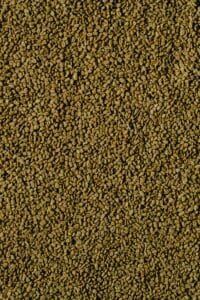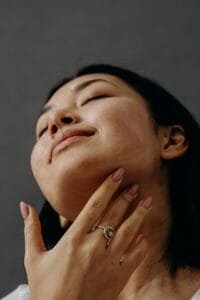
Fenugreek – The Natural Ingredient of the Future in Cosmetics
Fenugreek (Trigonella foenum-graecum L.), known for its antioxidant, anti-inflammatory, and antibacterial properties, is gaining attention as a powerful skincare ingredient. Rich in bioactive compounds like epicatechin, it helps combat oxidative stress, reducing signs of aging such as wrinkles and loss of skin elasticity.

